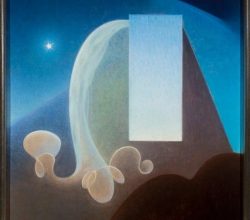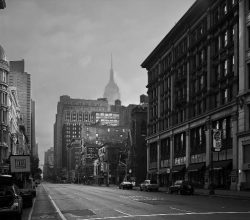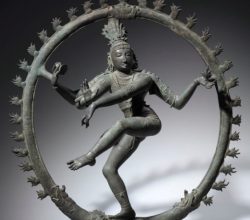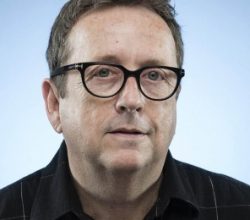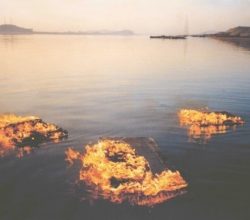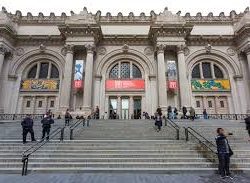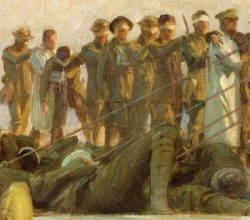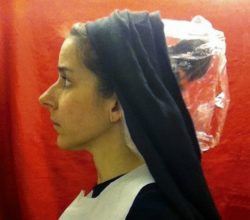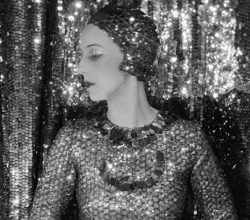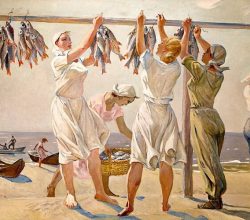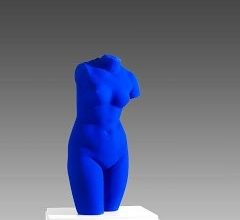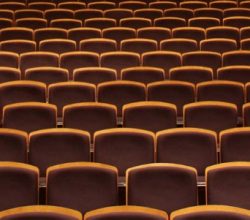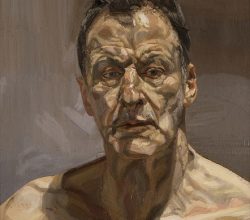
Essay: Lucian Freud: The Self-Portraits, at the Museum of Fine Arts, Boston
James Balestrieri | The-Easel | 5th May 2020
Over his long career, Lucien Freud’s favourite subject was perhaps himself. All self-portraits are “exercises in ego” but what gets expressed varies from artist to artist. For example, Frida Kahlo’s many self-portraits conveyed vulnerability. Vulnerability? – that’s the last thing on Freud’s agenda. Of his 1965 “Reflection with Two Children (Self-portrait)” – “Freud, in excellent Don Draper drapery glances down at us from the height of his masculinity, self-satisfied, virile, intimidating and supremely uninterested in us.
At various points in our lives, as a friend of mine observes, we all look in the mirror and say to ourselves, “You again?” which, in a nutshell, is the reaction Lucian Freud inspires in his self-portraits.”

